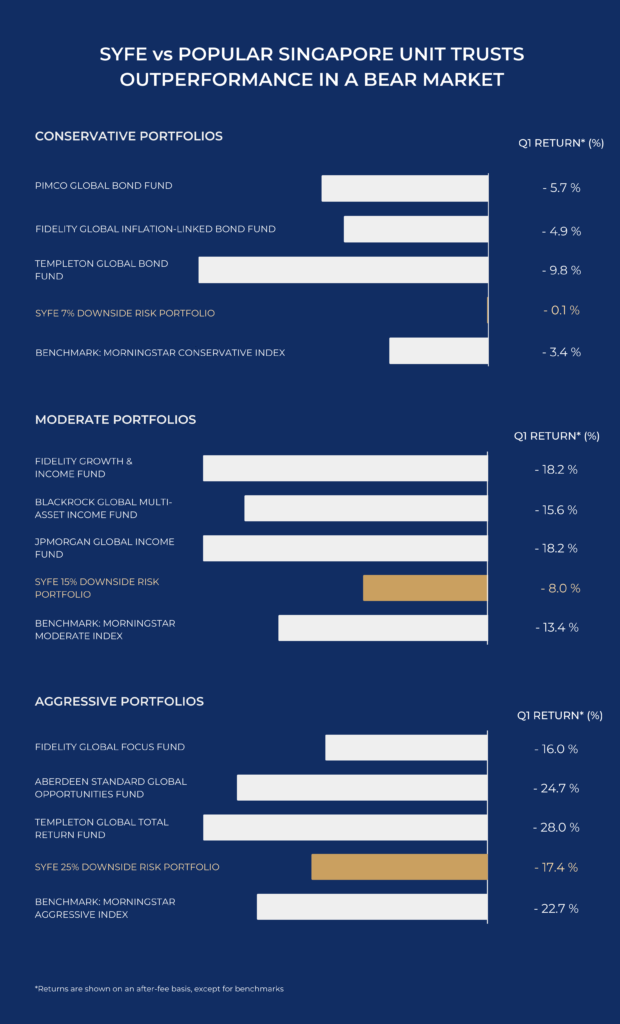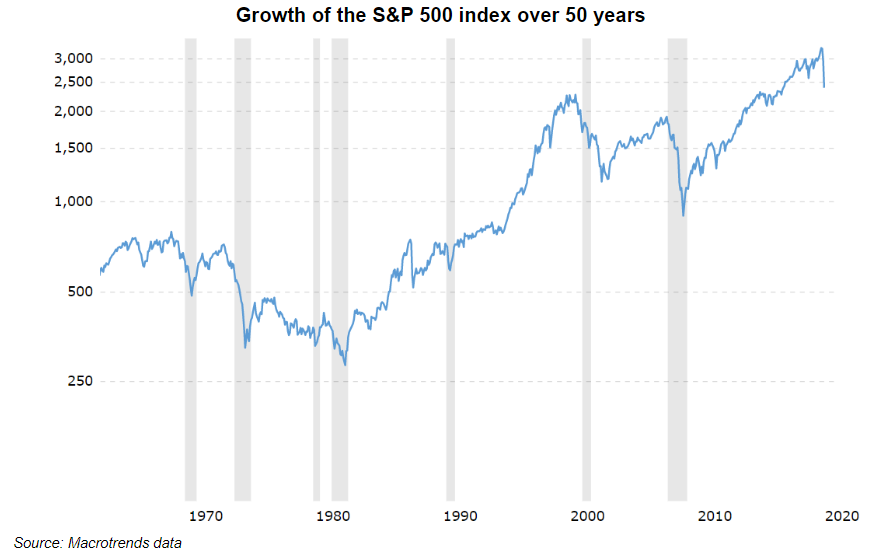
Billionaire investor Warren Buffett is legendary for his stock picks, but he says most investors shouldn’t be picking individual stocks. Instead, investors will be better off buying low-cost index funds, a strategy Buffett has championed for years.
Index funds are passive investments that allow people to invest in a broad cross-section of the market with little effort and low fees. One popular type of index fund is an exchange traded fund (ETF). ETFs are designed to track and replicate the performance of a market benchmark or index, such as the S&P 500, which mimics the performance of the 500 largest US companies. So with just one ETF, you can effectively invest into all the companies or securities within that index.
As part of his remarks during the most recent Berkshire Hathaway annual shareholders meeting, Buffett said, “In my view, for most people, the best thing to do is to own the S&P 500 index fund.” In fact, he has even instructed the trustee of his estate to invest 90% of his money into index funds for his wife when he passes away. Here’s why.
The less you pay, the more you keep
Buffett has continually emphasised that one of the most important factors when choosing an investment platform is fees. So adamant was he on this point that he made – and won – a million-dollar bet with hedge fund manager Protégé Partners that a S&P 500 index fund would beat a basket of hedge funds over 10 years.
It’s simple math, really. The less you pay in investment fees, the greater your share of the returns produced by the investment. An actively managed fund like a unit trust carries higher fees than an ETF. You are paying more for fund management fees, upfront fees, trail fees and miscellaneous fees such as marketing, administration and audit fees.
And low fees matter all the more in a challenging market environment. If the economy is slow to recover from the COVID-19 pandemic, stock market returns may be modest compared to previous years. In that context, paying only 0.4% to 0.65% in total annual fee to a digital wealth manager like Syfe would be better and more cost effective than forking over 2% or more annually to a unit trust.

How Syfe stacks up against popular unit trusts
Amid the current downturn, Syfe has outperformed not only its benchmark indexes from Morningstar during the first quarter of 2020, but also some of the popular unit trusts in Singapore. Across our conservative, moderate and aggressive portfolios, Syfe’s investment returns for the first quarter have been better than comparable portfolios – even after fees!

The time frame of one quarter may be brief, but this snapshot suggests that low fees, coupled with an index strategy, can trump the in-house investment strategies of brand-name unit trusts. The majority of them have failed to even beat the benchmark, the central aim of any active investing strategy.
Syfe’s outperformance over the benchmarks and other portfolios thus points to another factor: the strength of our ARI (automated risk-managed investing) algorithm.
Simply put, ARI is a downside protection strategy built into our Global Portfolios. When ARI detects a sustained increase in market volatility, it pulls back some of the allocation to higher-risk equities and increases the share of lower-risk bonds. This better protects portfolios and cushions the impact of a market crash, as seen from the smaller negative returns our portfolios experienced.
The economy always prevails
Historically, markets go up over the long term. They always recover after a downturn; we saw that with the financial crisis of 1997, 2000 and 2008, and we will see the markets recover again after the virus is contained.

Over long periods, a broad market index like the S&P 500 tends to go up despite short-term volatility. Individual stock prices meanwhile can fluctuate; even seemingly solid picks like Hyflux can implode spectacularly.
With ETFs, you don’t have to worry about picking the right stocks to benefit from the market’s overall growth. Moreover, your investment exposure is automatically diversified because your money is invested across multiple securities at once instead of just a single stock.
How to invest in ETFs
ETFs can be bought through a stock exchange just like stocks. As such, you can invest in ETFs through your broker. However, take note that each transaction you make comes with brokerage costs. If you intend to invest monthly, the brokerage charges can add up.
A simpler, more cost-effective way would be to invest in ETFs through Syfe Core portfolios. They comprise ETFs diversified across multiple asset classes (stocks, bonds, gold), sectors and geographies.
To help you keep more of your returns, Syfe has no brokerage and transaction fees. Your cost of investing is simply our all-in annual management fee, regardless of how many investments you make to your portfolio. If you’re keen to get started, explore the full range of our ETF portfolios here.



You must be logged in to post a comment.